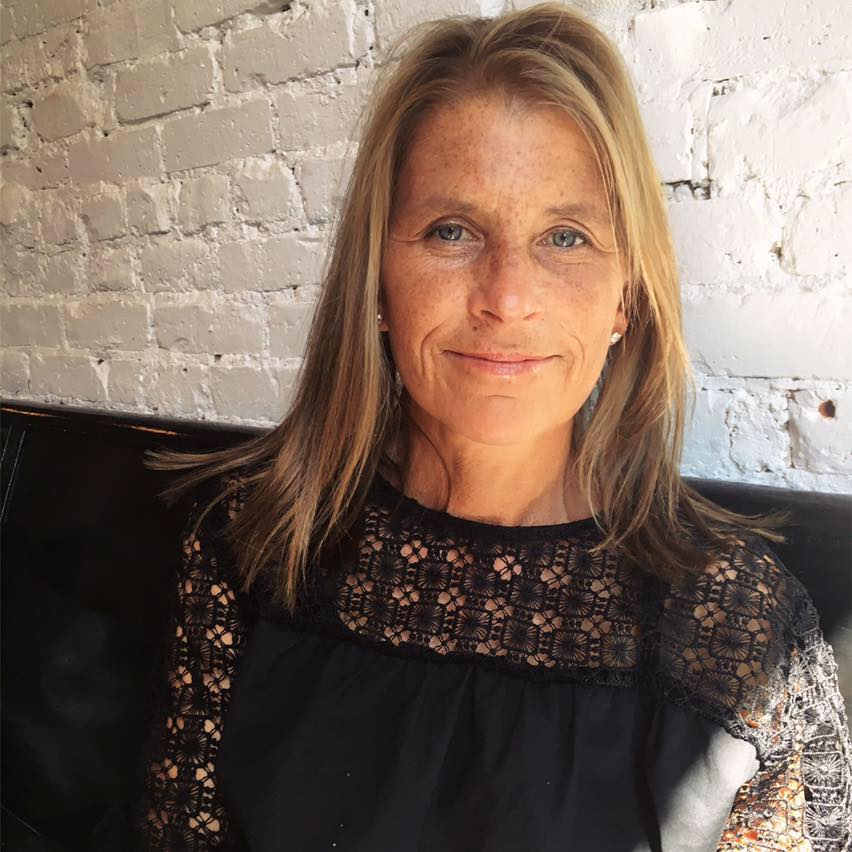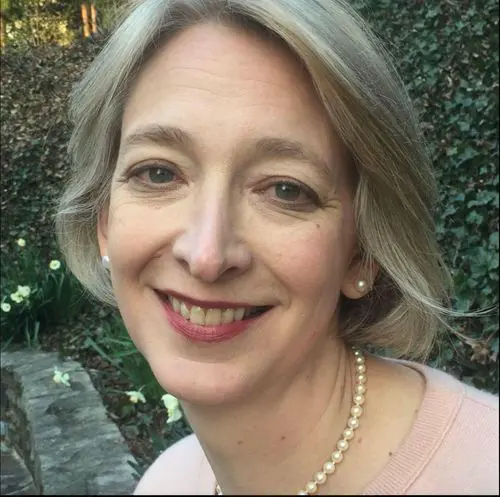Board Members


Paul Armstrong is former Dean of the College, Brown University, where he is currently Professor of English. Books include Play and the Politics of Reading: The Social Uses of Modernist Form (Cornell UP, 2005) and How Literature Plays with the Brain: The Neuroscience of Reading and Art (Johns Hopkins 2013) and Stories of the Brain: The Neuroscience of Narrative (Johns Hopkins UP, 2020).

Ted Coons is Professor of Psychology, Cognition & Perception at the Center for Neural Science at New York University (NYU), arriving there in 1965. He is a pioneer in the field of neuroscience and a major contributor to early studies in neuroaesthetics. As an undergraduate, he studied music composition and theory at Colorado College (B.A., 1951) and then—after a stint in the Air Force—again at Yale University (toward an M.A.). There, however, he became interested in what impact the temporal form of a composition has on the feelings of an audience. He soon switched his career goals and ultimately received his Ph.D. in what is now known as systems neuroscience.

Sheila Devine spent many years as a Real Estate Professional with Coldwell Banker Residential Real Estate in Boston, Massachusetts, where she was a top producer of residential sales, focusing on high-end market sales. Devine has also been raising funds for the Massachusetts Eye and Ear Specialty Hospital since 2011, as well as the Liver Foundation.
She earned her BA in Fine Arts with a concentration in Art History from St. Lawrence University. She now lives between Maine and New York City.

Sarah Harrison Smith is a writer and editor with a long career in media. Most recently, she worked as Editorial Director for Books and Kindle at Amazon. Before moving to Baltimore in 2014, she spent 12 years at the New York Times, where her roles included Managing Editor of The New York Times Magazine. She is the author of many articles and reviews, as well as ”The Fact Checker’s Bible,” a guide to magazine research, which reflects her early career at The New Yorker. She now teaches in the Center for Leadership Education at Johns Hopkins University.

Kathe Hicks Albrecht is a nationally recognized leader in arts and education. After a career at American University, she was appointed to the National Council for the National Endowment for the Humanities (NEH). She also serves on the National Advisory Board for the National Museum of Women in the Arts. Her book The Machine Anxieties of Steampunk: Contemporary Philosophy, Victorian Aesthetics, and the Future was published in 2021. She also contributed an essay for The Aestheticization of History and The Butterfly Effect, edited by Nancy Wellington Bookhart. Albrecht received her BA in art history from UCLA, a master’s degree from American University, and PhD from the Institute for Doctoral Studies in the Visual Arts.

Michael Hogan is a lawyer, educator, art collector and recent IDSVA alumnus. He serves as Adjunct Professor of the Practice at Wake Forest University following his retirement from a career in financial services where he held senior positions in operations, legal, compliance, and risk management. Hogan received his BA in French from Bates College, a master’s degree from Lindenwood University, a JD from Suffolk University law School, and a PhD from the Institute for Doctoral Studies in the Visual Arts.

Jonathan is the owner of a boutique wealth management firm located in Portland, Maine. Hailing from Adams, Massachusetts, Jonathan attended Bowdoin College where he received his A.B. in Government & Legal Studies with a minor in Sociology. In addition to his collegiate studies, he is a Certified Financial Planner™ obtaining his education requirement from NYU.

Eric is a Partner at a large law firm in New York. He is part of the nationally ranked Government Investigations and White Collar Litigation department, as well as the Crisis Management & Incident Response Group. Prior to private practice, Eric served as a prosecutor for sixteen years, including eight years as an Assistant United States Attorney in the Southern District of New York. Earlier in his career, Eric served as a trial lawyer in the U.S. Department of Justice and as an Assistant District Attorney in Manhattan. He also served as Counsel to the United States Secretary of State where he was responsible for the Staye Department’s response to the Benghazi investigation conducted by the Benghazi Select Committee of the United States House of Representatives. He received his undergraduate degree in Economics and his law degree from New York University.

Diala Toure, former curator of collections at the James Lewis Museum of Art in Baltimore, has consulted with world-class institutions such as the National Museum of African and Oceanic Art in Paris, the Barnes Foundation, the Fine Arts Museums of San Francisco, and the University of Pennsylvania Museum of Archeology and Anthropology. She has given lectures on African art and African American art at Georgetown University, Princeton University, Johns Hopkins University, the Smithsonian, the Detroit Institute of Art, the American Society of Appraisers, and the American Association of Appraisers. She served as an international consultant to the United Nations Educational, Scientific and Cultural Organization (UNESCO). Toure received her MA and PhD from the University of Paris 1 Pantheon-Sorbonne.

Deborah Willis is a contemporary African-American artist, photographer, curator, photographic historian, and author. She is University Professor and Chair of Department of Photography & Imaging at the Tisch School of the Arts at NYU. She was a 2005 Guggenheim Fellow and Fletcher Fellow, and a 2000 MacArthur Fellow, as well as the 1996 recipient of the Anonymous Was a Woman Foundation award. She received her PhD from George Mason University and her MFA from Pratt Institute.
